If you want to enjoy the serenity and adventure of kayaking safety prioritizing safety is crucial. This isn’t just about following a set of guidelines; it’s also about embedding safe practices into every aspect of your paddling experience.
A kayak isn’t merely a vessel to adventure; it’s a craft that demands respect for both the water below and the sky above. Here’s how to ensure you’re ready to handle what both can offer.
Always Wear a Life Jacket

Donning a life jacket is a step that should never be skipped, no matter your skill level. It’s the simplest yet most effective life-saving device for any water sports enthusiast.
A properly fitted life jacket not only ensures buoyancy, it also adds a layer of protection against sudden impacts and provides thermal insulation in colder waters.
Even strong swimmers are not immune to the unexpected, so choose a life jacket that resonates with your needs and wear it consistently.
Check Weather Conditions

Before you set out, you’re going to find out about the importance of checking weather conditions. A clear, sunny day can quickly give way to an unanticipated storm, turning your peaceful paddle into a perilous challenge.
Monitor weather forecasts vigilantly, and plan your route and time on the water accordingly. This preparation helps in avoiding hazardous conditions that could result in a dire need for rescue.
Master Basic Paddling Techniques

I’m here to help you with mastering basic paddling techniques, which is foundational to kayaking safety. Control and stability on the water are underpinned by your ability to handle the kayak confidently.
Learning efficient strokes, bracing to prevent capsizing, and understanding how to maneuver swiftly can mean the difference between a near-miss and a mayday situation.
Establish Clear Communication
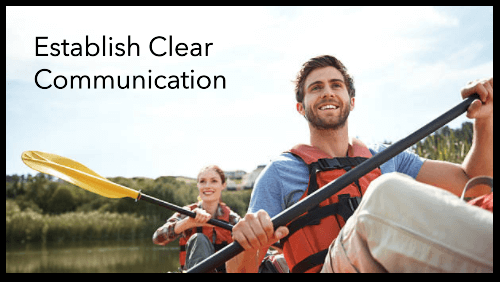
Lastly, never underestimate the power of communication. Before dipping a paddle in the water, discuss and establish clear safety protocols with your group. Whether it’s designating a leader or setting up rendezvous points, having a plan ensures everyone is on the same page and can respond appropriately in case of an emergency.
Advanced Kayak Rescue Techniques: Self and Assisted Methods
Now that we’ve covered the vital basics of kayaking safety, let’s push the paddle further into the waters of rescue techniques.
It’s crucial to acknowledge that sometimes, despite all precautions, things can go south. That’s when knowing how to rescue yourself, or assist in the rescue of others, becomes invaluable.
Paddle Float Self Rescue
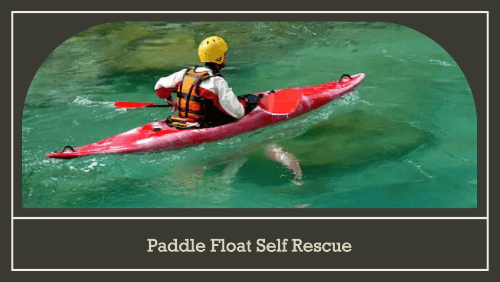
Imagine you’re out on the water, and your kayak capsizes. It’s an alarming scenario, but with the right skills, it’s manageable. I’m going to walk you through the Paddle Float Self Rescue, a lifesaving technique when you’re paddling solo.
You’ll start by attaching an inflated paddle float to one end of your paddle, creating an outrigger for stability. Next, you’ll use a bilge pump to remove excess water from your cockpit. Once that’s done, secure the paddle, flip your kayak upright, and climb back in carefully.
Assisted Rescue Techniques
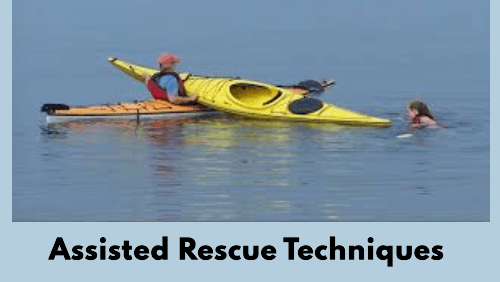
But what if you’re not alone? Assisted rescues are a cornerstone of group kayaking safety. Let’s say a fellow paddler has capsized. You can perform a T Rescue by approaching their overturned kayak, lifting it over your own to drain the water, and helping them flip back.
For those who have less upper body strength, like some beginner kayakers, the Heel Hook Rescue is fantastic. This method leverages the lower body, allowing the capsized paddler to re-enter their kayak more easily.
Rescue Equipment and Practice
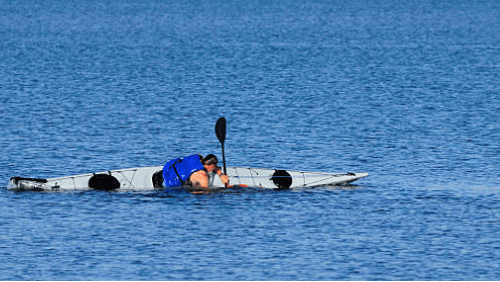
With either method, knowing how to use rescue equipment, like paddle floats and bilge pumps, is critical. These tools should be a stapled part of your gear, always within reach when you need them. And let’s not forget practice.
It’s not enough to just know these techniques in theory. I’m going to hammer it home – practice is key. Repeat these rescues until they become second nature, ensuring you’re prepared for any scenario that may arise on the water.
With these skills in your arsenal, you’re closer to a safer kayaking experience. But, there’s more to learn. Up next, I’ll talk about how to handle the unexpected with First Aid and Emergency Response. Because when injury or serious trouble strikes, it’s your quick action that can make all the difference. Stay tuned.
First Aid and Emergency Response on the Water
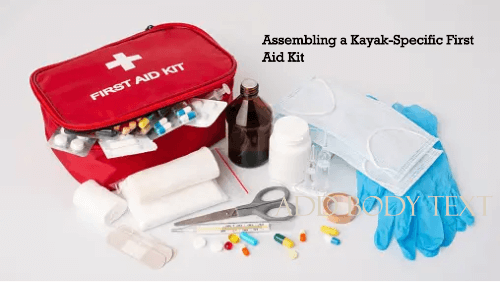
You’re going to find out how crucial it is to have a first aid kit tailored for kayaking. When you’re on the water, common injuries can occur, and it’s essential to know how to handle them swiftly to prevent them from spoiling your adventure.
Assembling a Kayak-Specific First Aid Kit
Whether it’s a minor cut from a sharp rock or a sprain from maneuvering, understanding the basics of treating these injuries can make a significant difference.
I’ll guide you through assembling a first aid kit that addresses the unique needs of kayakers, ensuring you have the tools to respond to any minor medical issue that comes your way.
Recognizing and Preventing Hypothermia
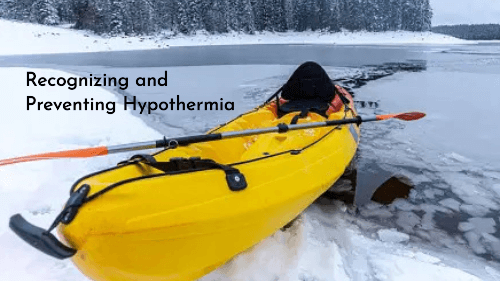
Dealing with cold water paddling is an adventure in itself, but it also carries the risk of hypothermia. Recognizing the early signs of this condition, such as shivering, exhaustion, or confusion, can be a lifesaver. I’ll tell you about the preventative measures you can take, like wearing the right clothing and how to respond if hypothermia does strike.
Creating an Emergency Action Plan
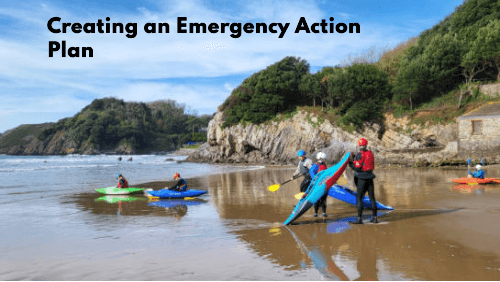
I’m going to help you map out an emergency action plan tailored to kayaking scenarios. It’s about knowing where to go and what to do if things take a turn for the worse.
An effective plan includes identifying the nearest points of assistance and having pre-established emergency signals with your group.
Importance of Signaling Devices and Communication Tools

Don’t overlook the importance of signaling devices and communication tools. When you’re in need of help, a whistle, flare, or even a waterproof radio could be your lifeline. I’ll discuss the various options and guide you on how to make them easily accessible when every second counts.
Pro Tips and Resources for Safer Kayaking Journeys
In conclusion, your kayaking experience should be defined by both enjoyment and security. I’m here to help you prioritize your safety while allowing for an incredible adventure on the water. Remember, it’s not just about learning the ropes; it’s also about being prepared for any situation that might arise.
Practice Safety and Rescue Skills
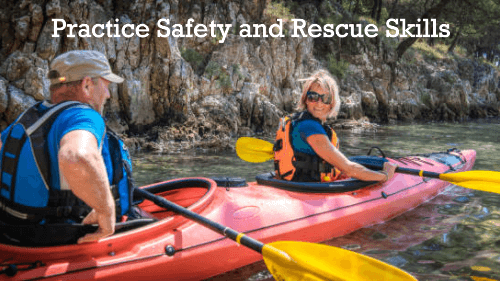
I really hope that you take the advice from Dan Arbuckle to heart. Practice your safety and rescue skills in warm, calm waters before you venture into more challenging environments.
Choose something that resonates with you when it comes to selecting equipment and invest in quality—like the touted Bending Branches’ Kayak Touring Paddles—for a more efficient and enjoyable paddling experience.
Know Your Limitations
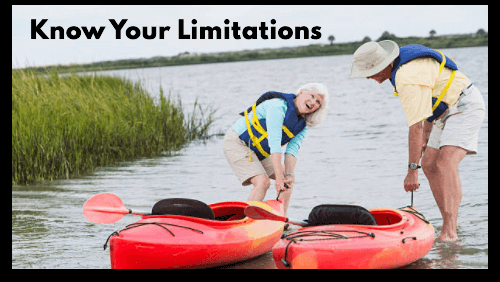
Know your limitations and don’t push too far beyond your comfort zone, especially when you’re dealing with rougher waters. Make sure that the fit of your touring kayak is adjusted properly; it could make a significant difference in your control and comfort.
Learn from the Community
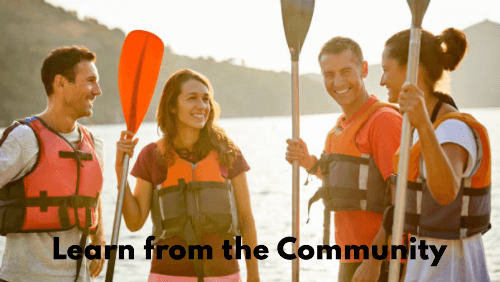
Lastly, learn from the community. Nadine’s story is just one of many that can offer valuable insights and personal experiences. Sharing stories and tips can be an excellent resource for both novice and seasoned kayakers alike.
Further Guidance and Sharing Insights

If you want further guidance or have your own insights to share, reach out at contact@kayakinginfo.com or leave your thoughts in the comments section below. Stay safe and enjoy the boundless opportunities kayaking presents, armed with the knowledge and skills for a safe return after every journey.
